Kachariyu derives from the Gujarati word/verb Kacharvu meaning to crush or grind. Sesame and Groundnut oils have been the primary cooking oils of Gujarat. In the good old days the wealthy always cooked in sesame seed oil while rest of the junta cooked with groundnut oil. The earthy oil imparts a special flavor that is so distinct to Gujarati cooking. As the sesame oil grew dearer it was used as oil to dunk the dhokla/muthia/hadvo and other farsaan or as a body massage oil. In the olden days when we did not talk about refined oils, fresh oil from Ghani was always preferred. There were numerous of manually or oxen operated ghani that dotted the towns and cities. The oil was always fresh. Once the oil is pressed out the residue seed pulp is mixed with jaggery to make this earthy tasting, power packed, nourishing food called Kachariyu. This wholesome food gets its name from the term Kacharvu/to grind and is a preferred winter food. It is a modest for made with just two ingredients – sesame seeds and jaggery.
Since decades my family has been eating kachariyu made by Ibrahimbhai and his family at his ghani Honest Oil Depot in Ahmedabad. In December 2016, I visited this ghani (oil-mill) and was amazed by the exemplary honesty, pride and passion this family pours into to their creations. Ibrahimbhai’s son Uzzer is the fourth generation family member into this traditional family occupation. The mechanized and large scale oil mills have taken a toll on such family owned small scale ventures but, it was Ibrahimbhai’s father who insisted the family continues practicing the profession and his sons have also been keeping the tradition alive. Since they make the best Kachariyu and have a lot of loyal and NRI customers they have never shared the nusances to a good kachariyu with anyone. No camera has been allowed and they requested not to share the video online. The process of making the Kacahriyu has come a long way as the machines have taken over the process but it does need to be monitored and it is Uzzer who does that with much care and precision. The process cannot be left unattended and depending on the demand the family makes Kachariyu at least 4-5 times in a day. The nuances like how long the sesame seeds need to be ground, how much oil to be pressed out, when to add the jaggery are all passed on from generation to generation. The practice Ibrahimbhai follows is not to take out the oil from the kachariyu instead it stays in it and keeps the final product very moist.
It was a pleasure to witness the care that goes into making such simple looking food preparation. It was also a sense of relief that one experiences of see the coming generations taking such traditions forward and help us enjoy such timeless classic foods the way they have been made for centuries. As it is always said the less you do to food the better it tastes, Kachariyu is one of those foods.
The Kachariyu Laddoo I have shared earlier might interest you!!
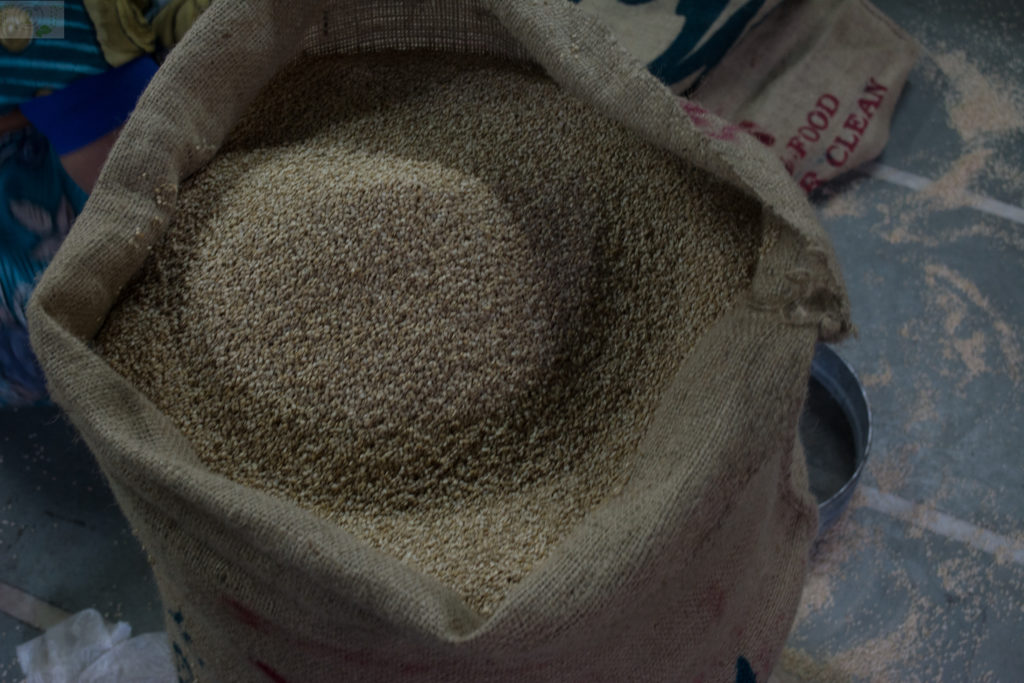
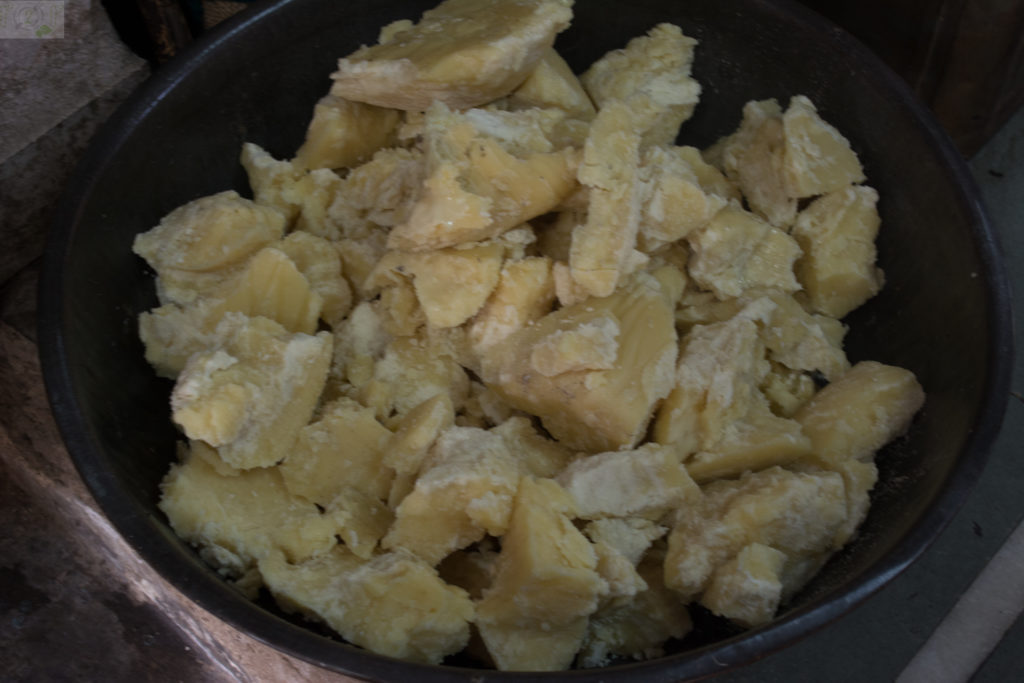
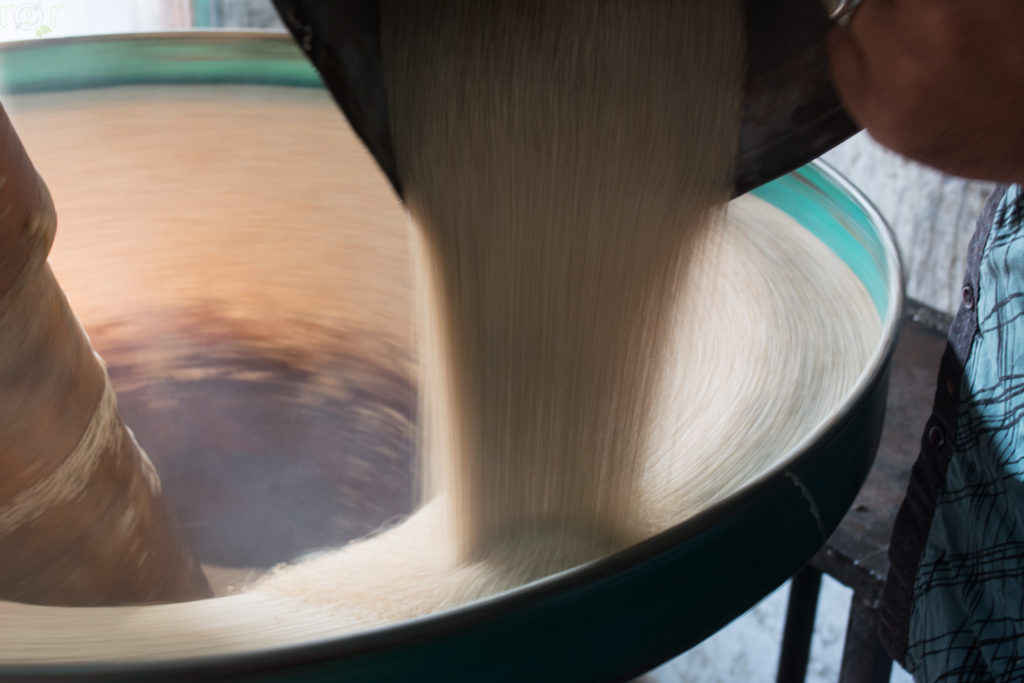
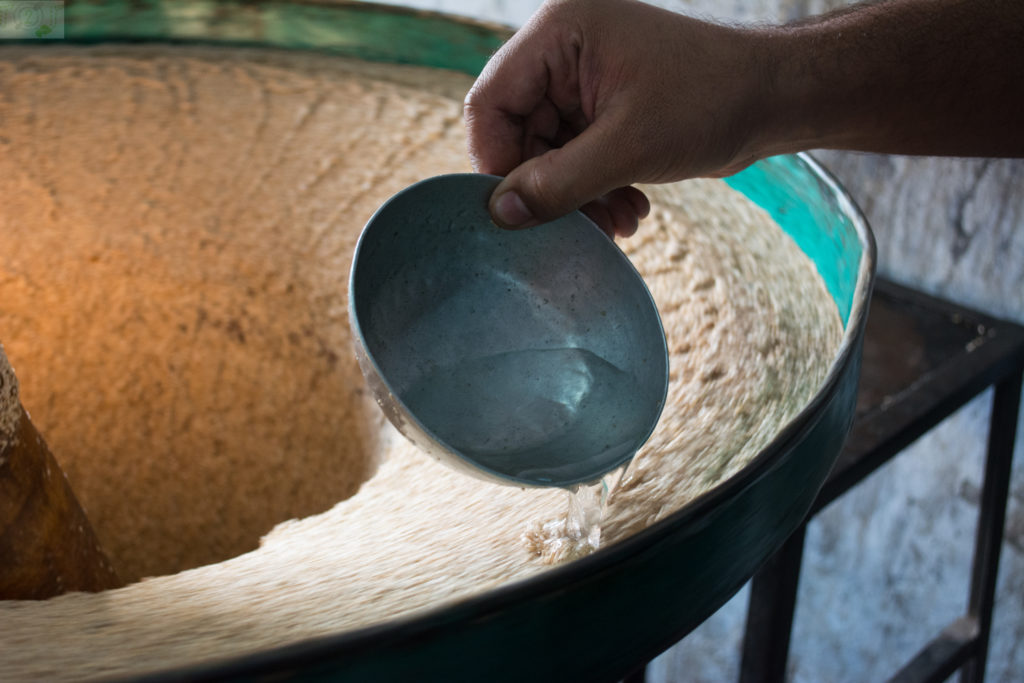
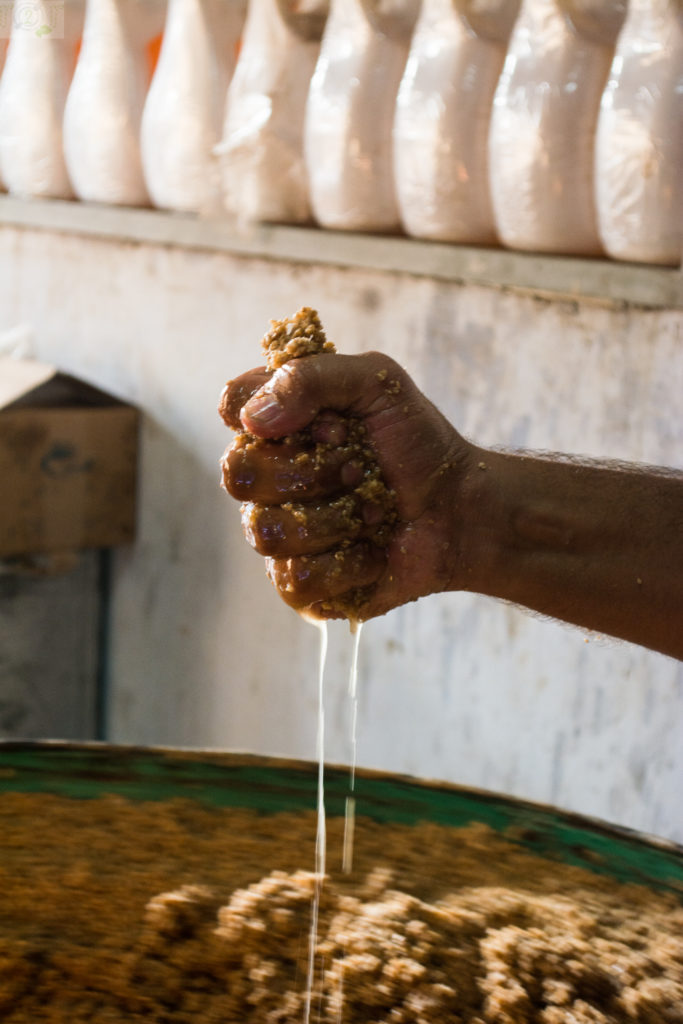
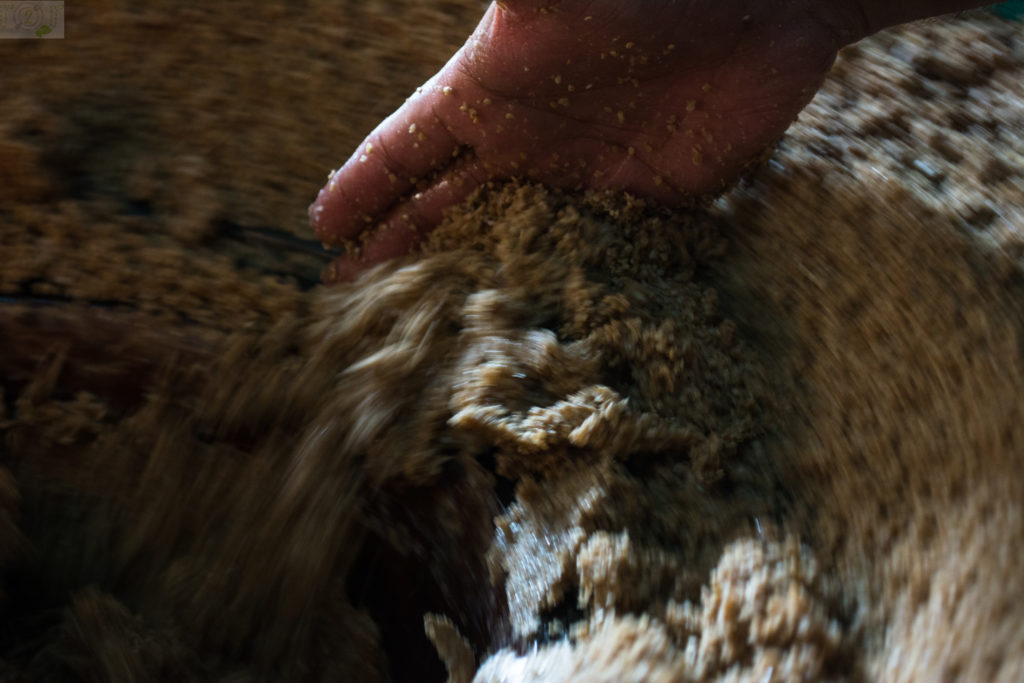
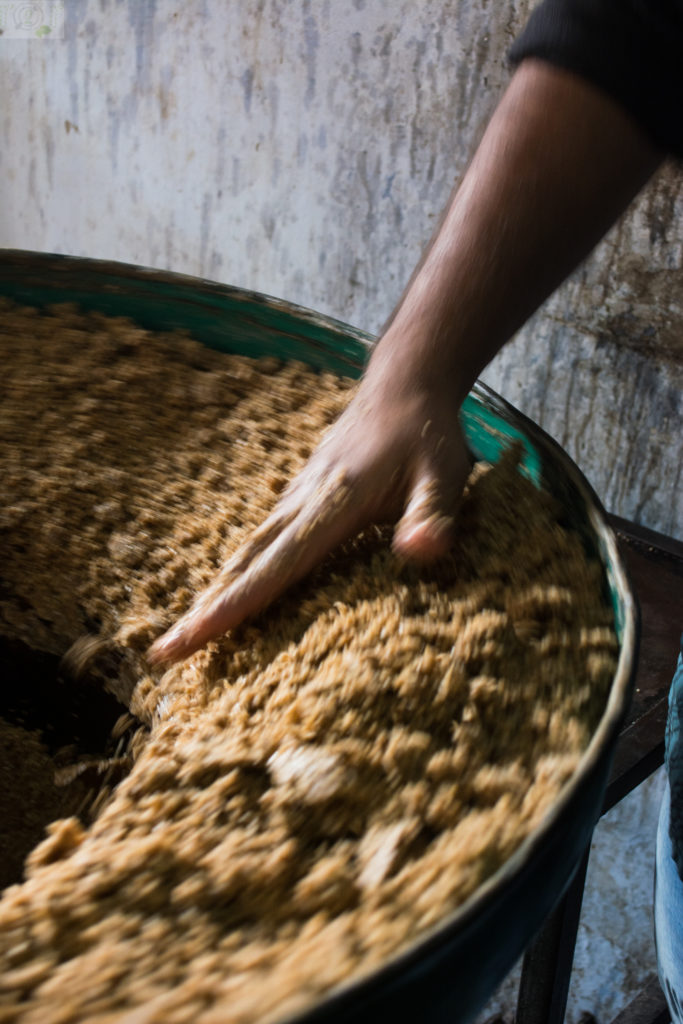
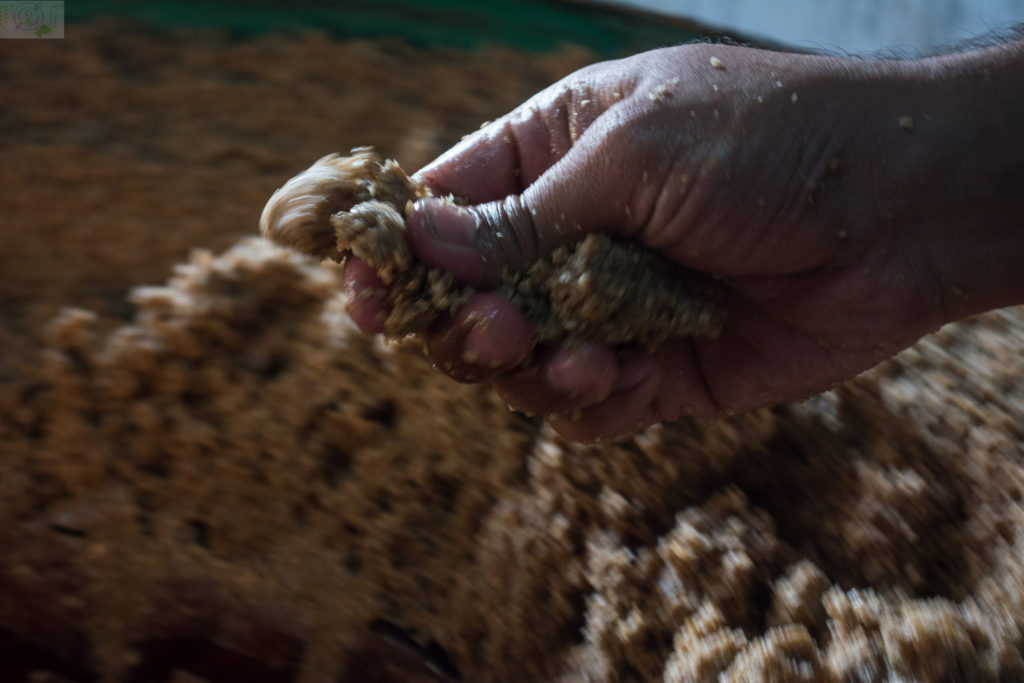
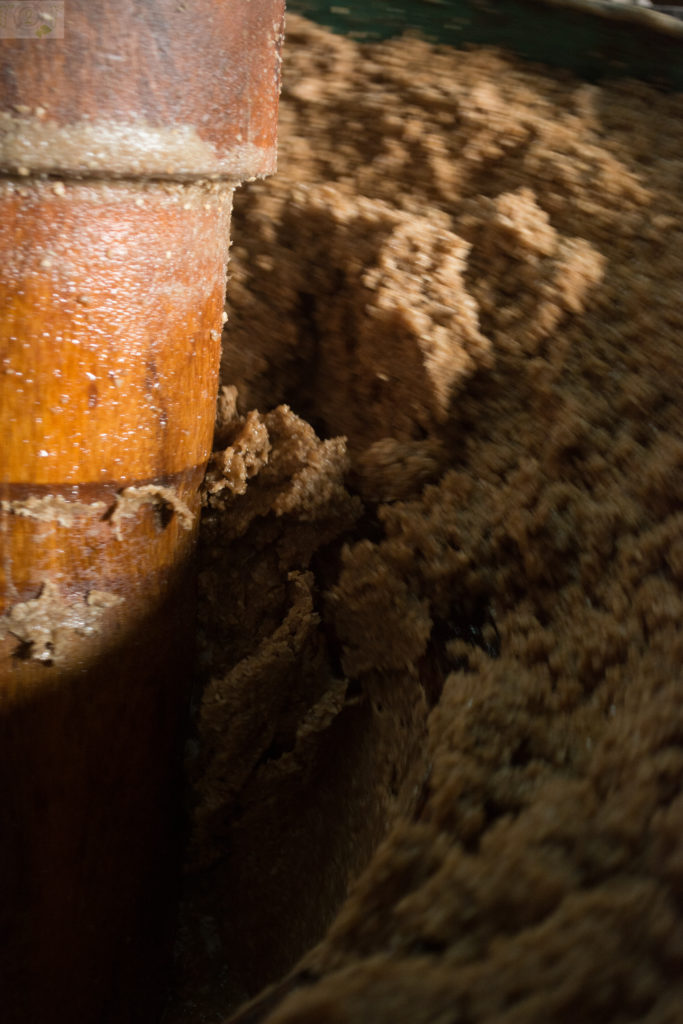
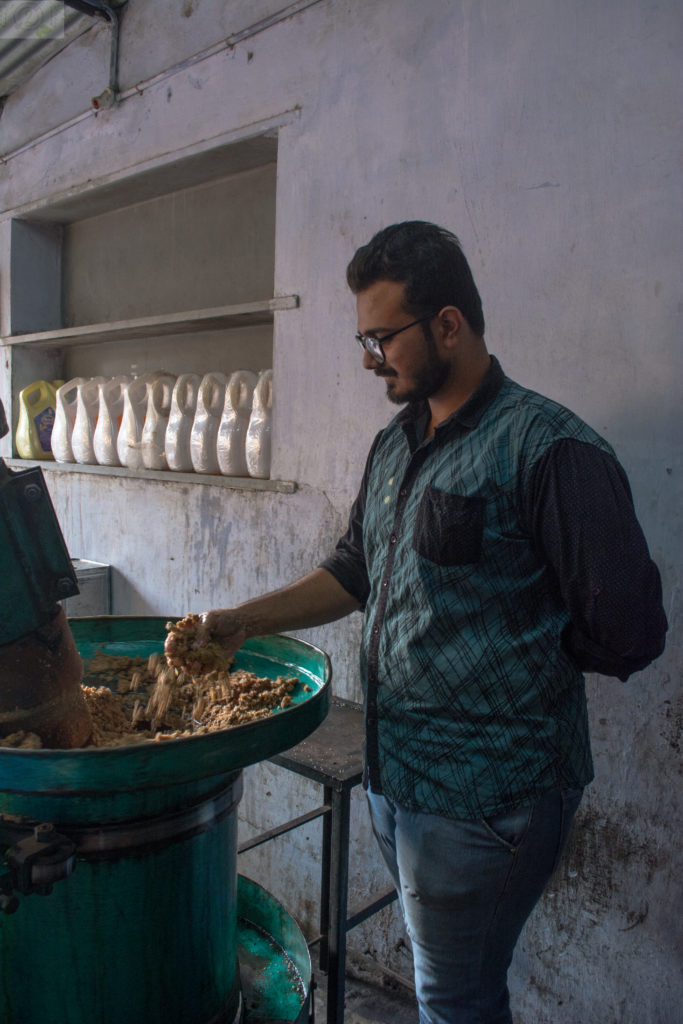
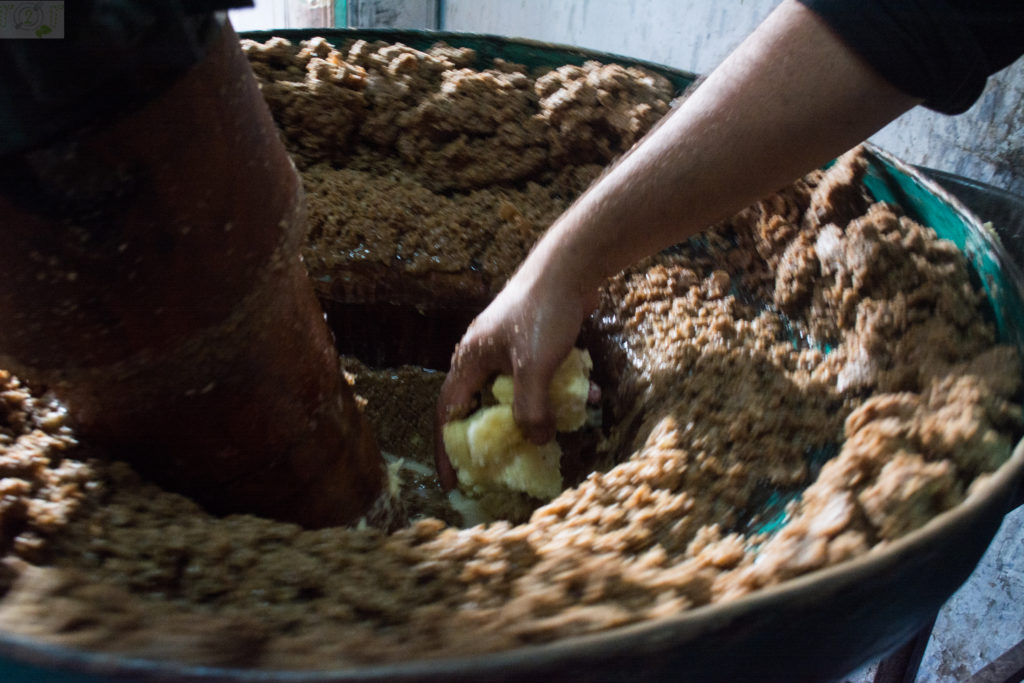
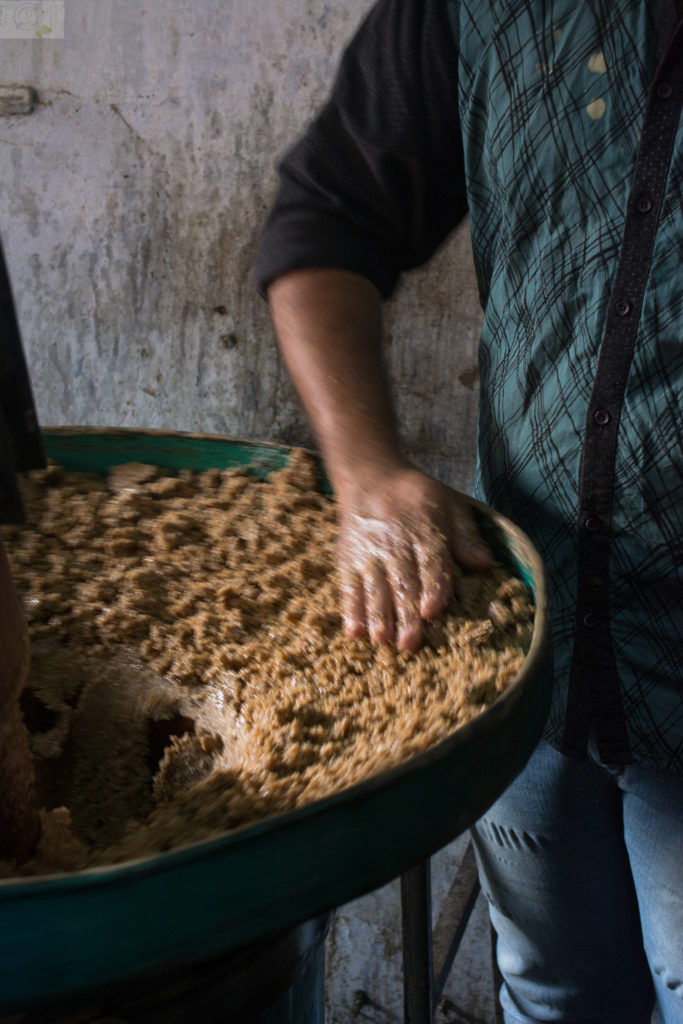
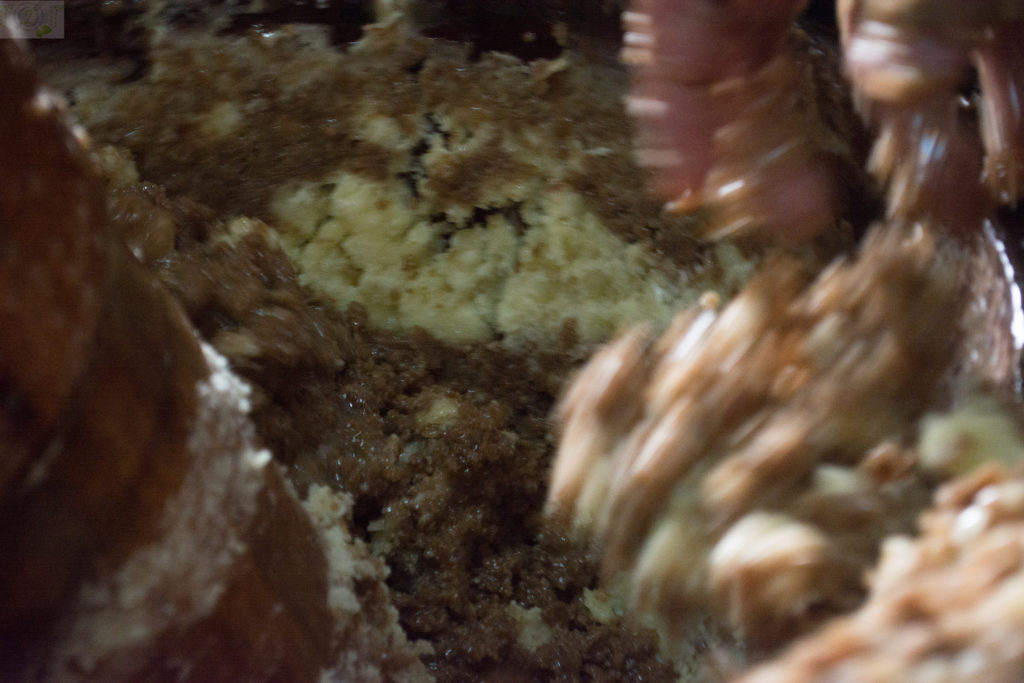
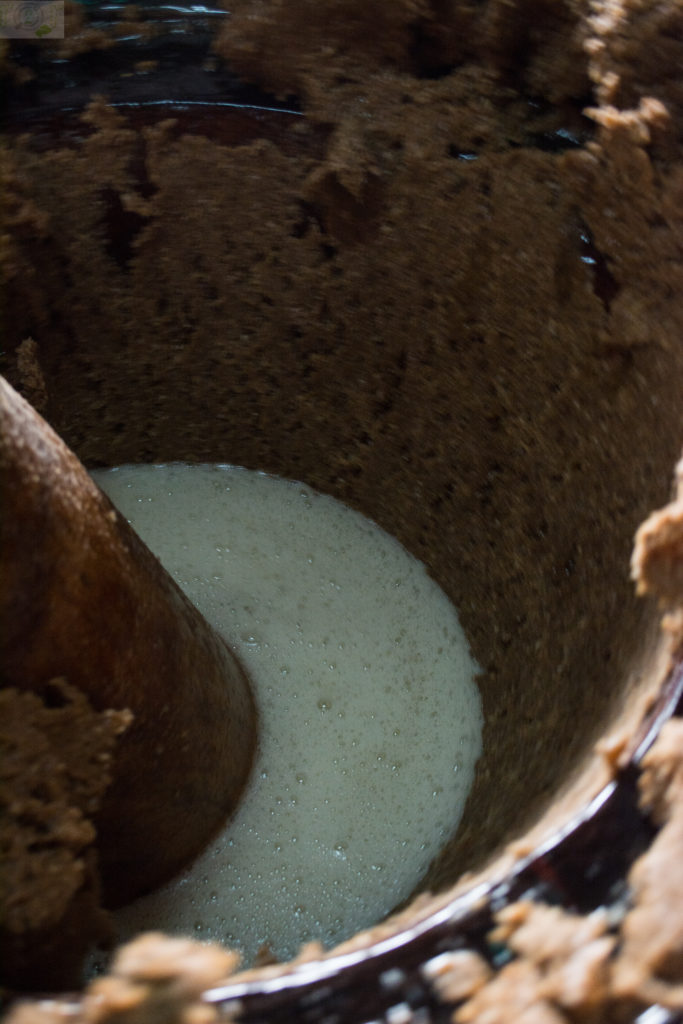
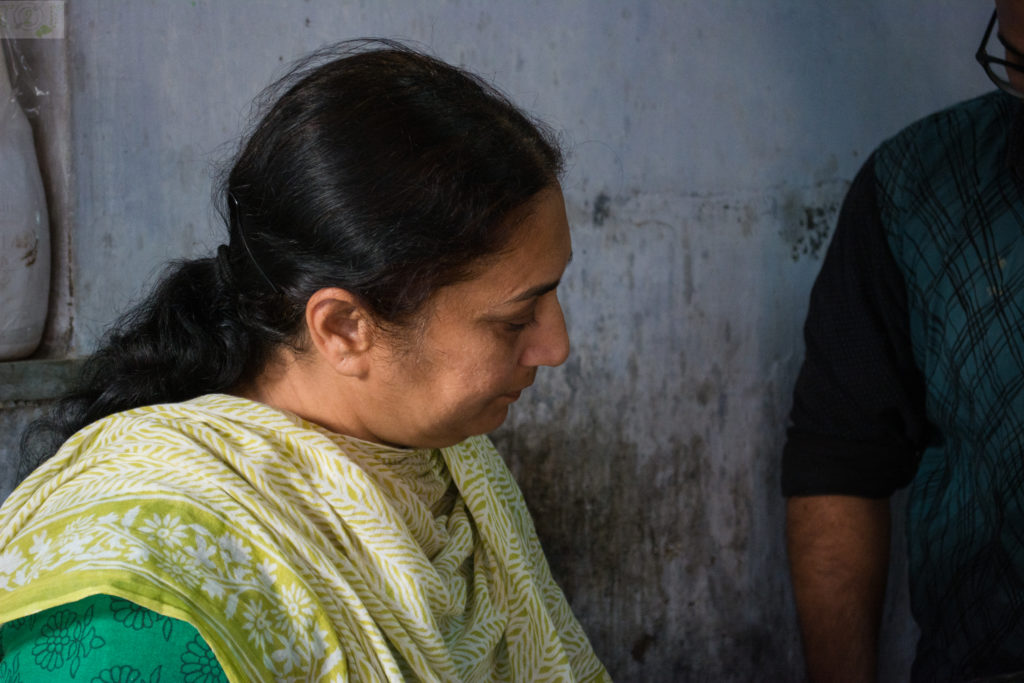
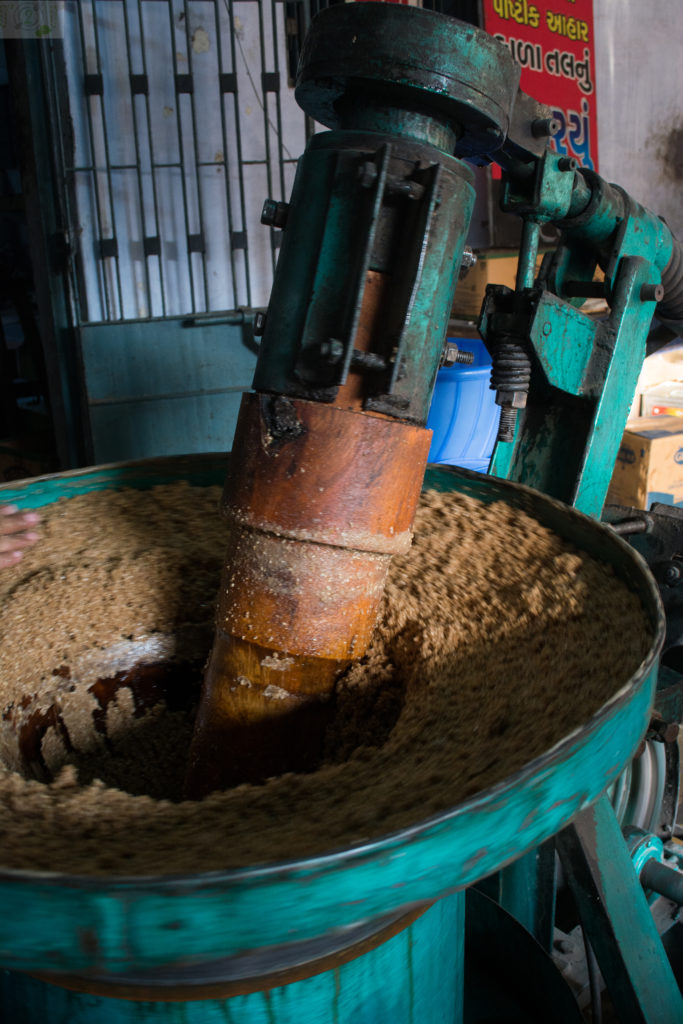
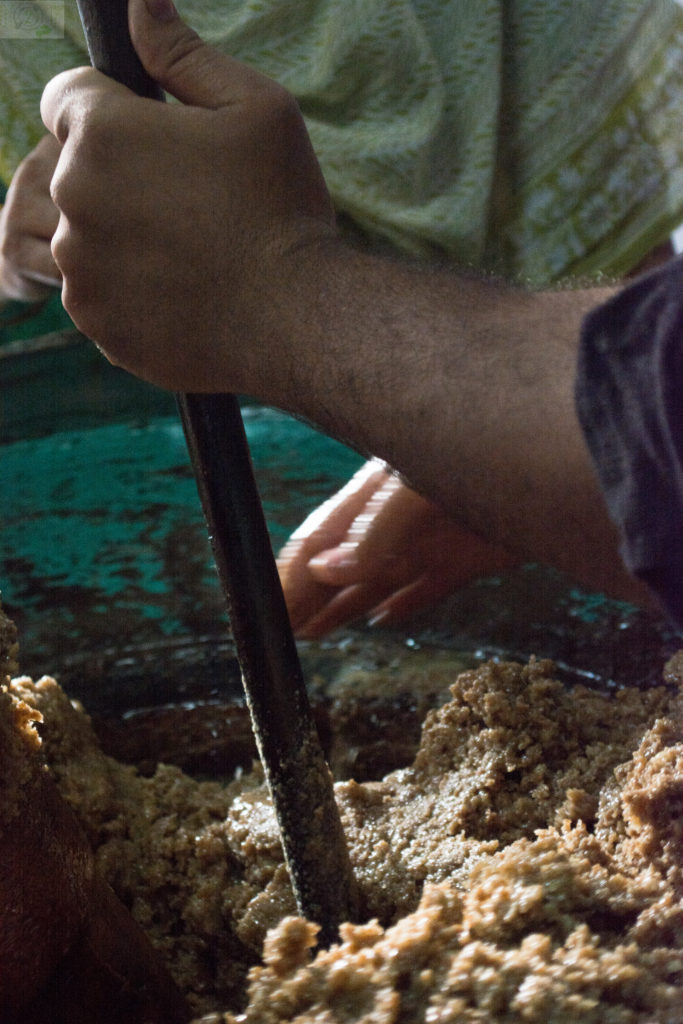



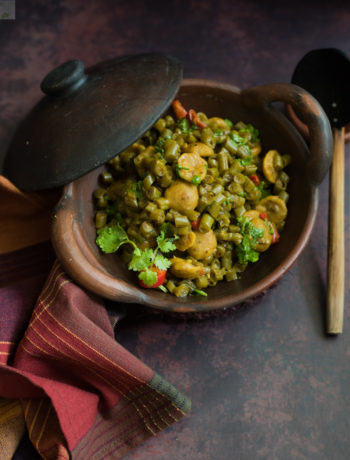
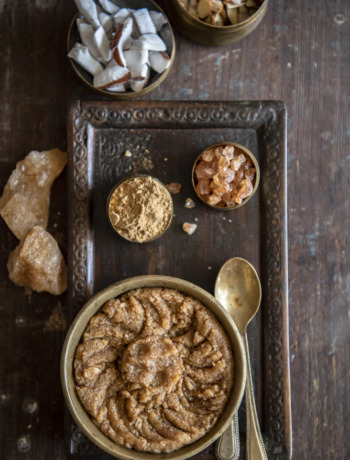
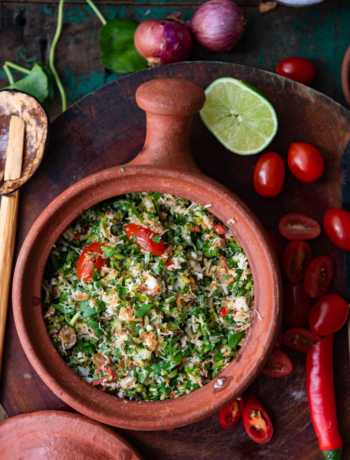
No Comments